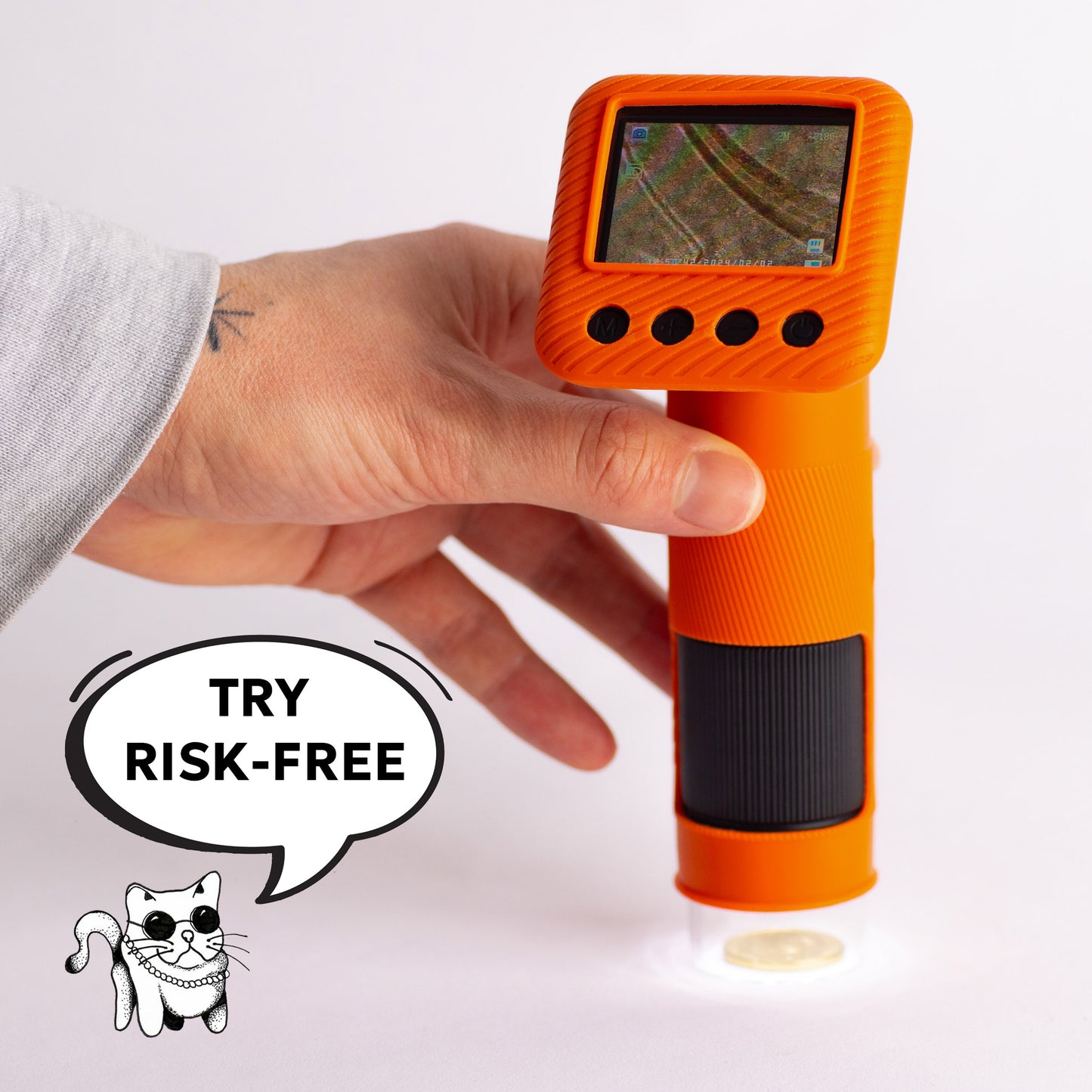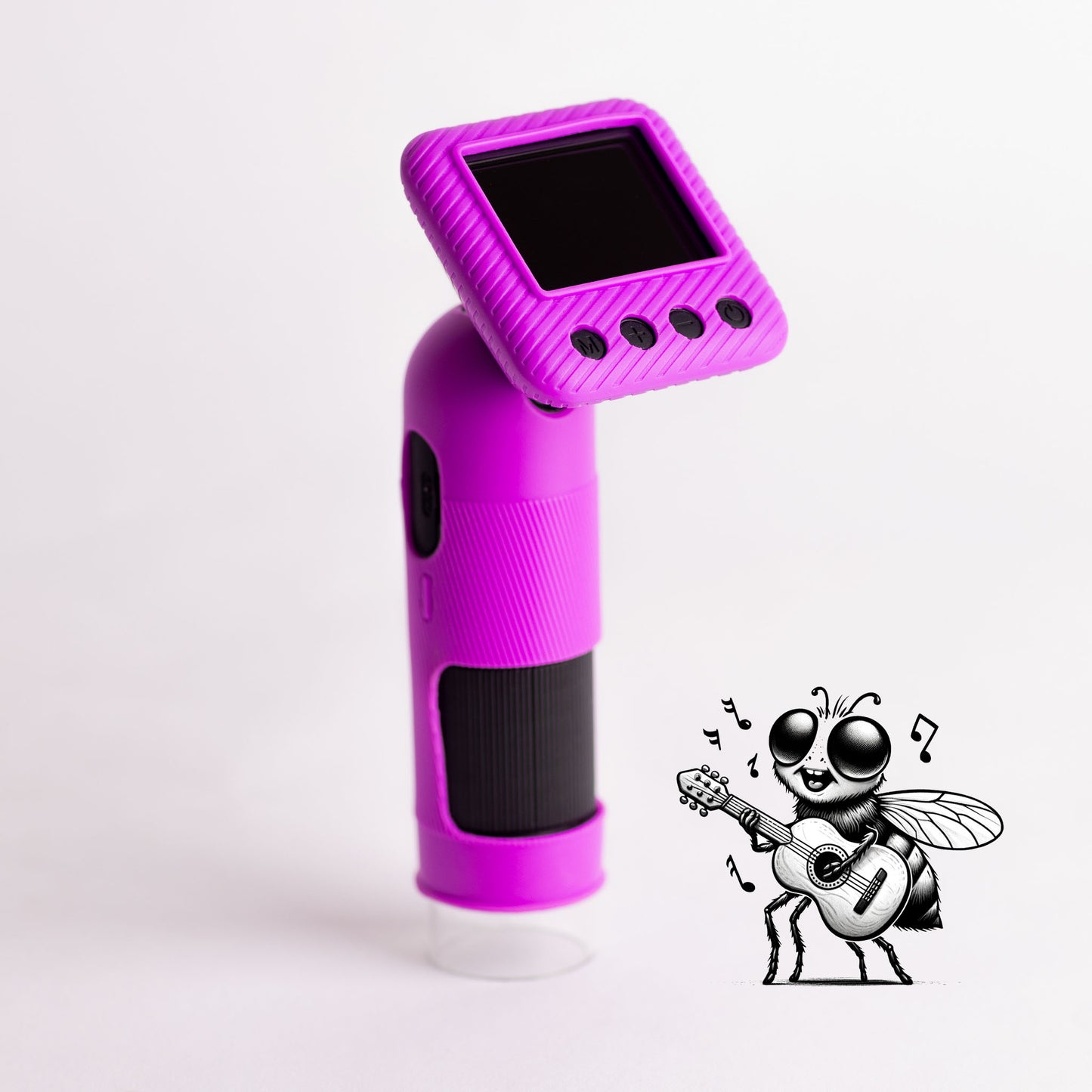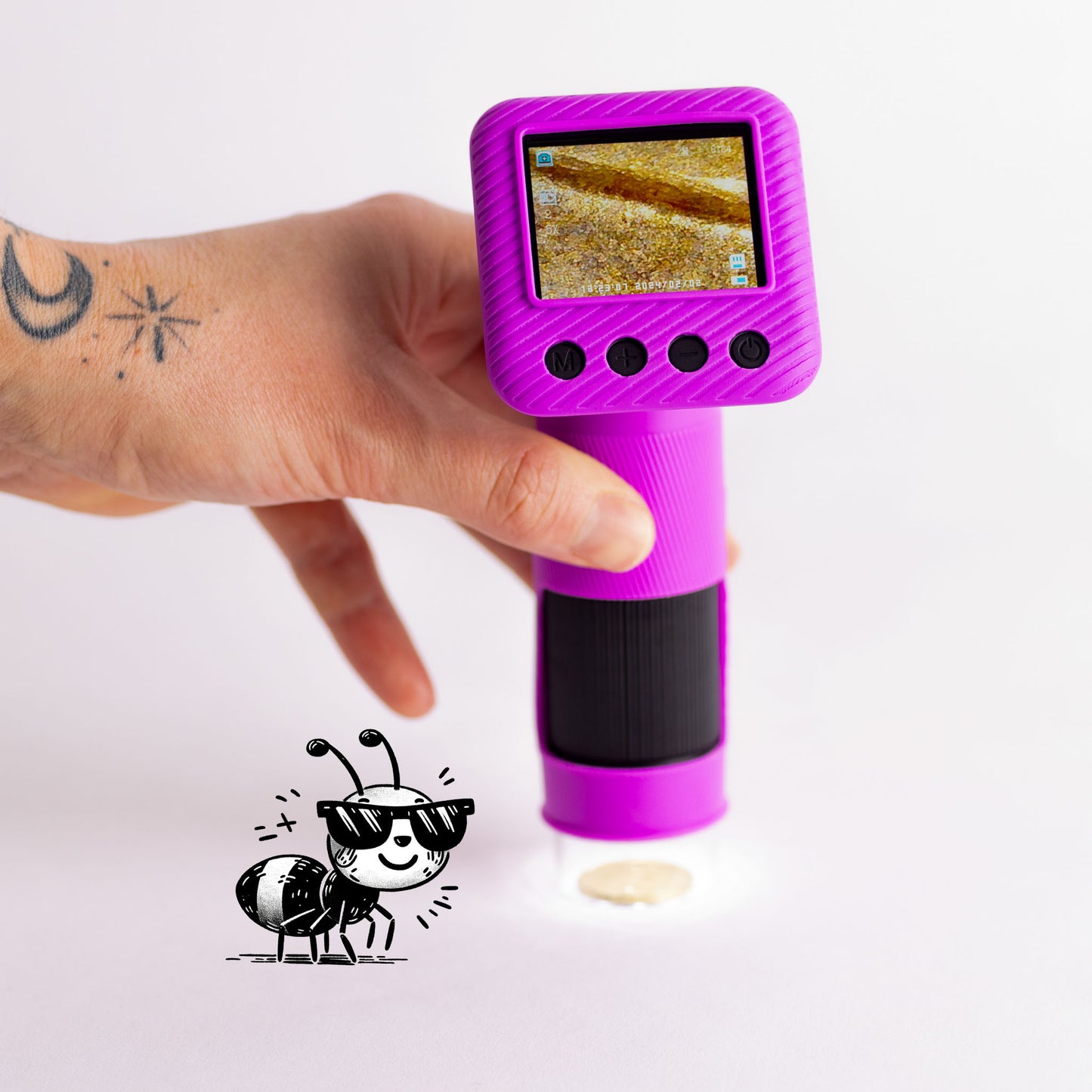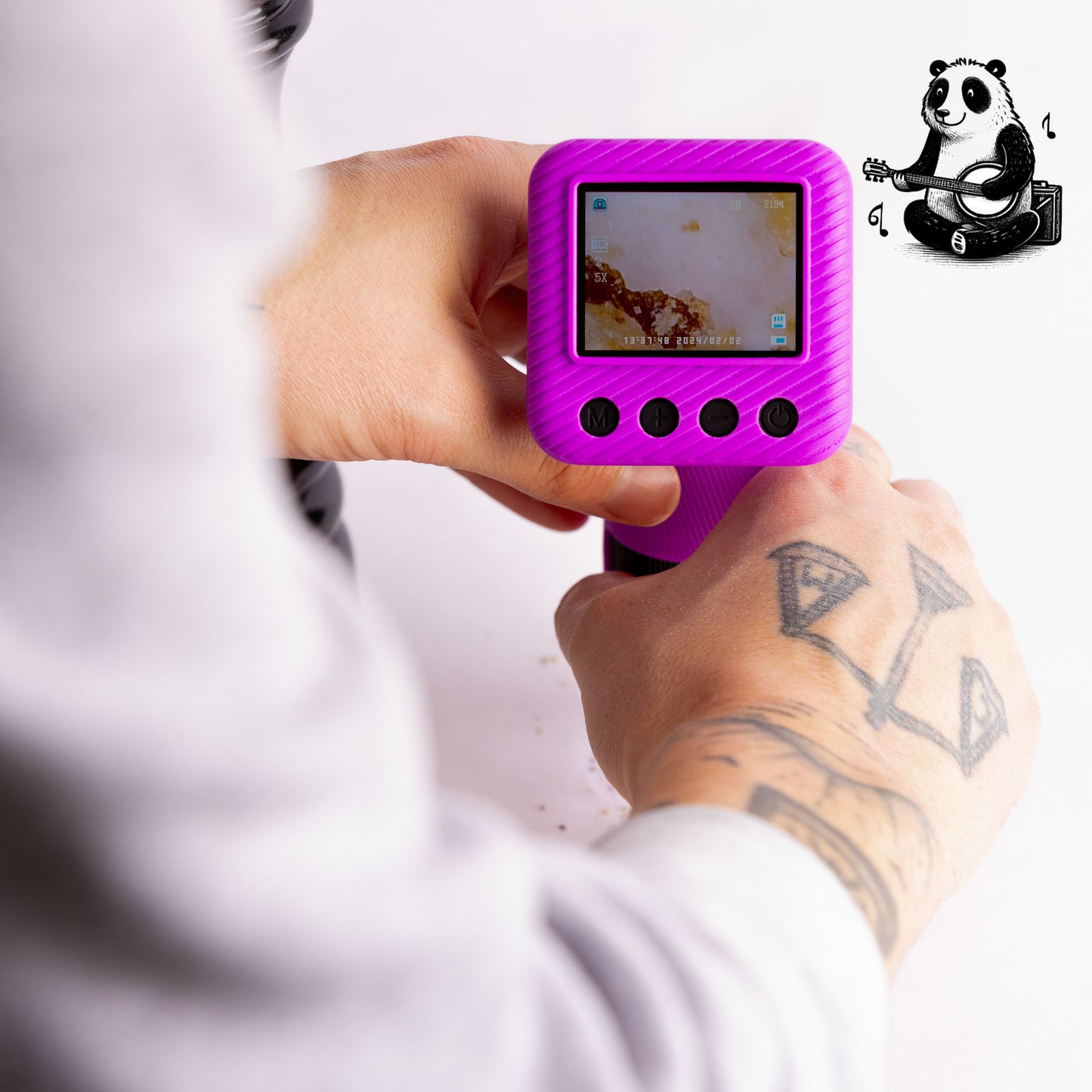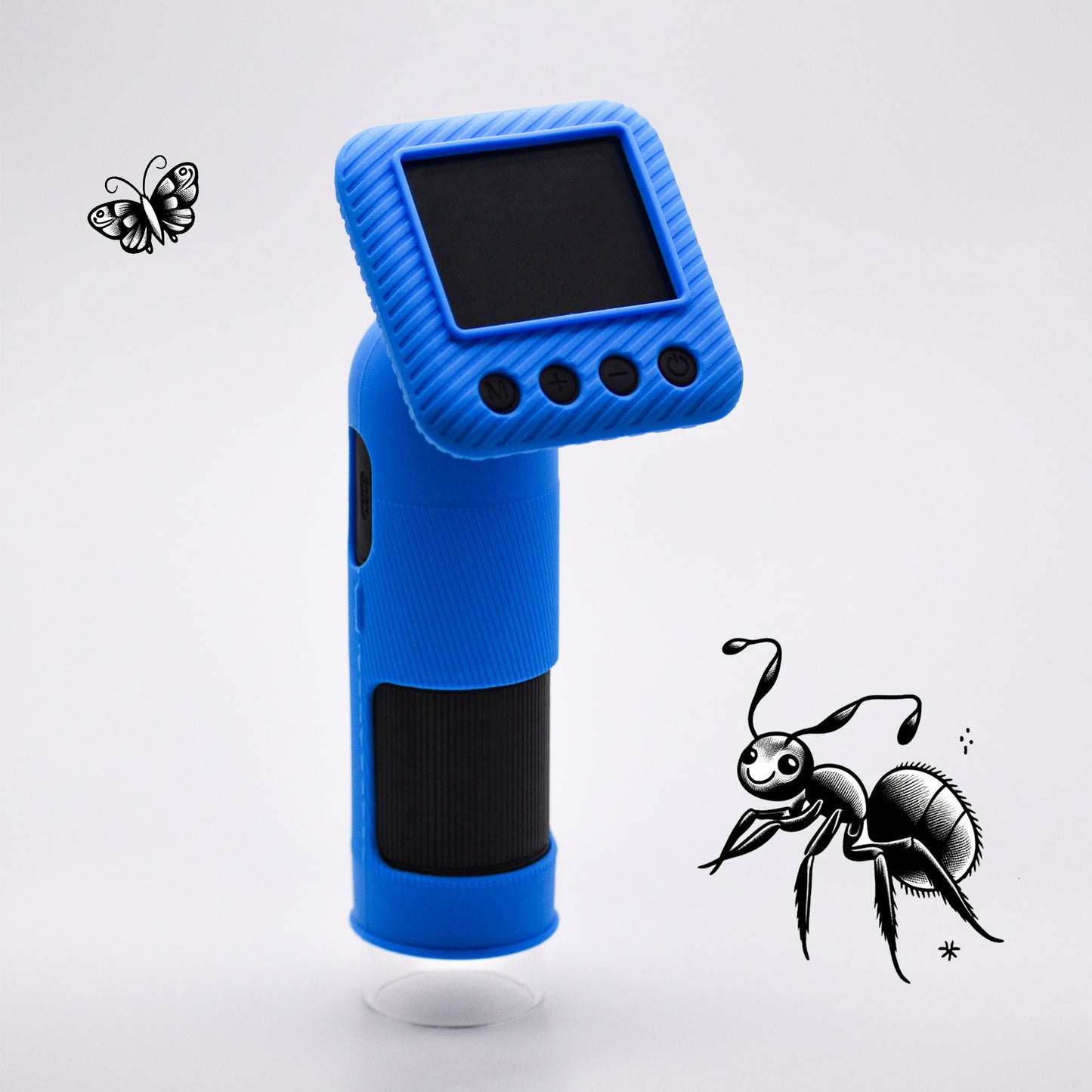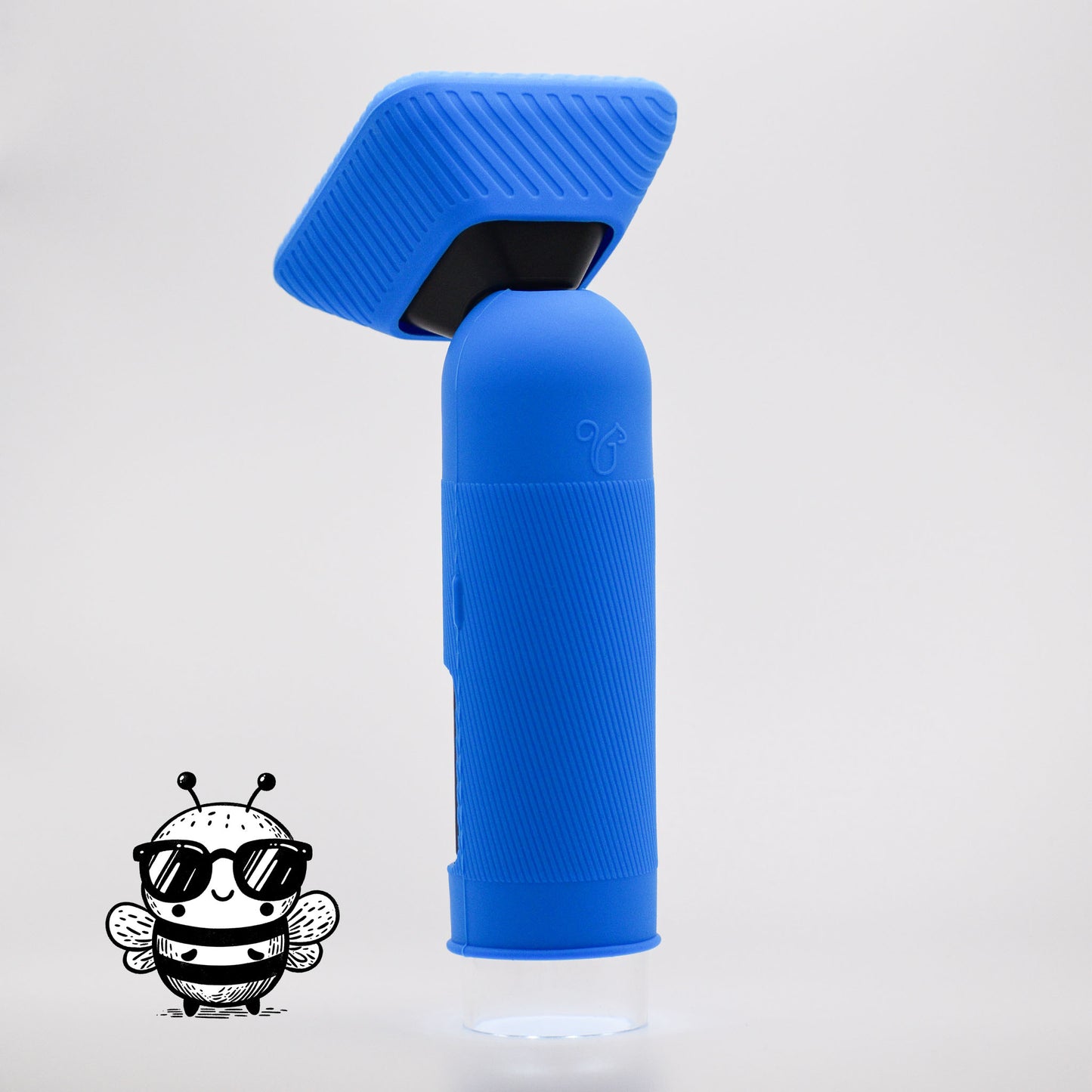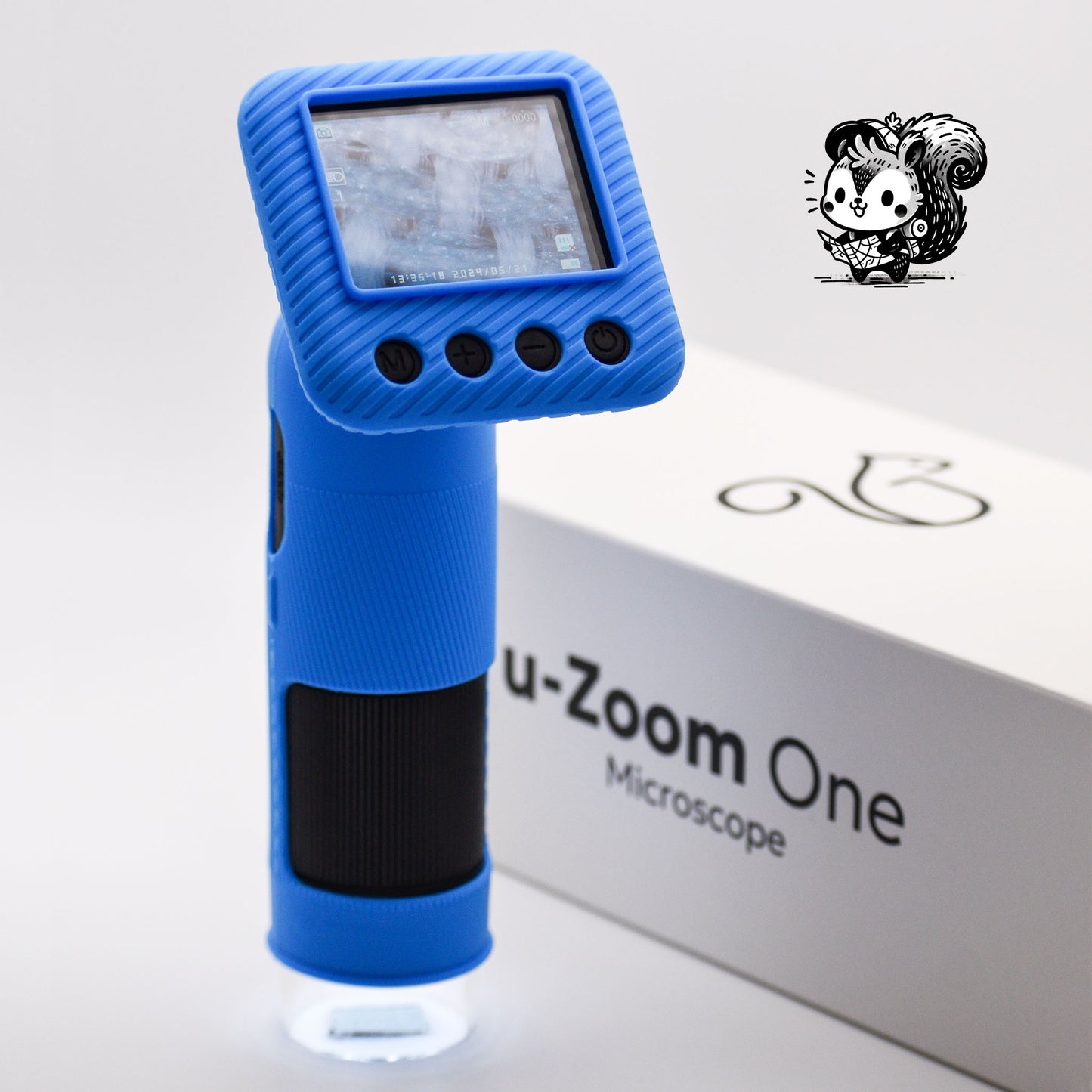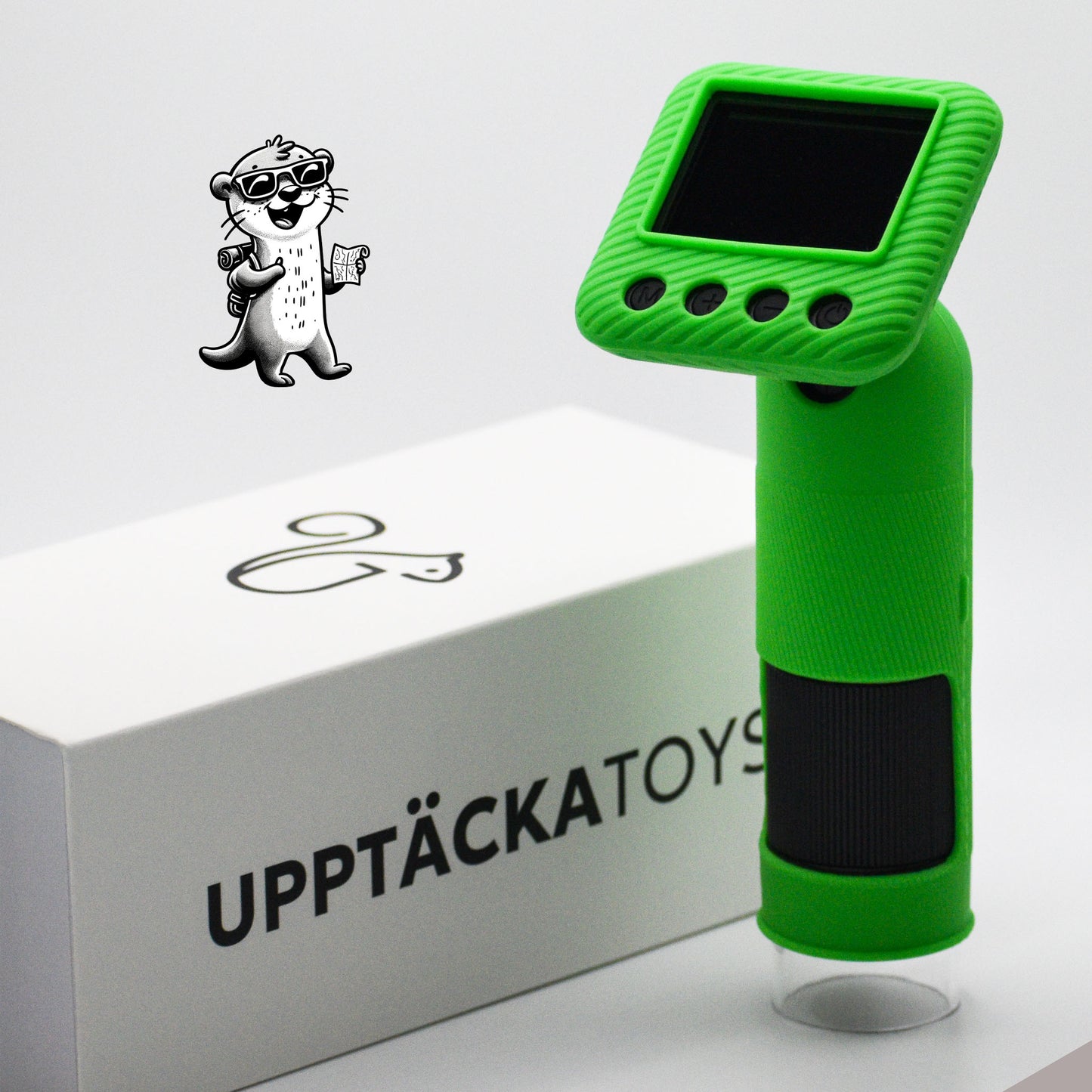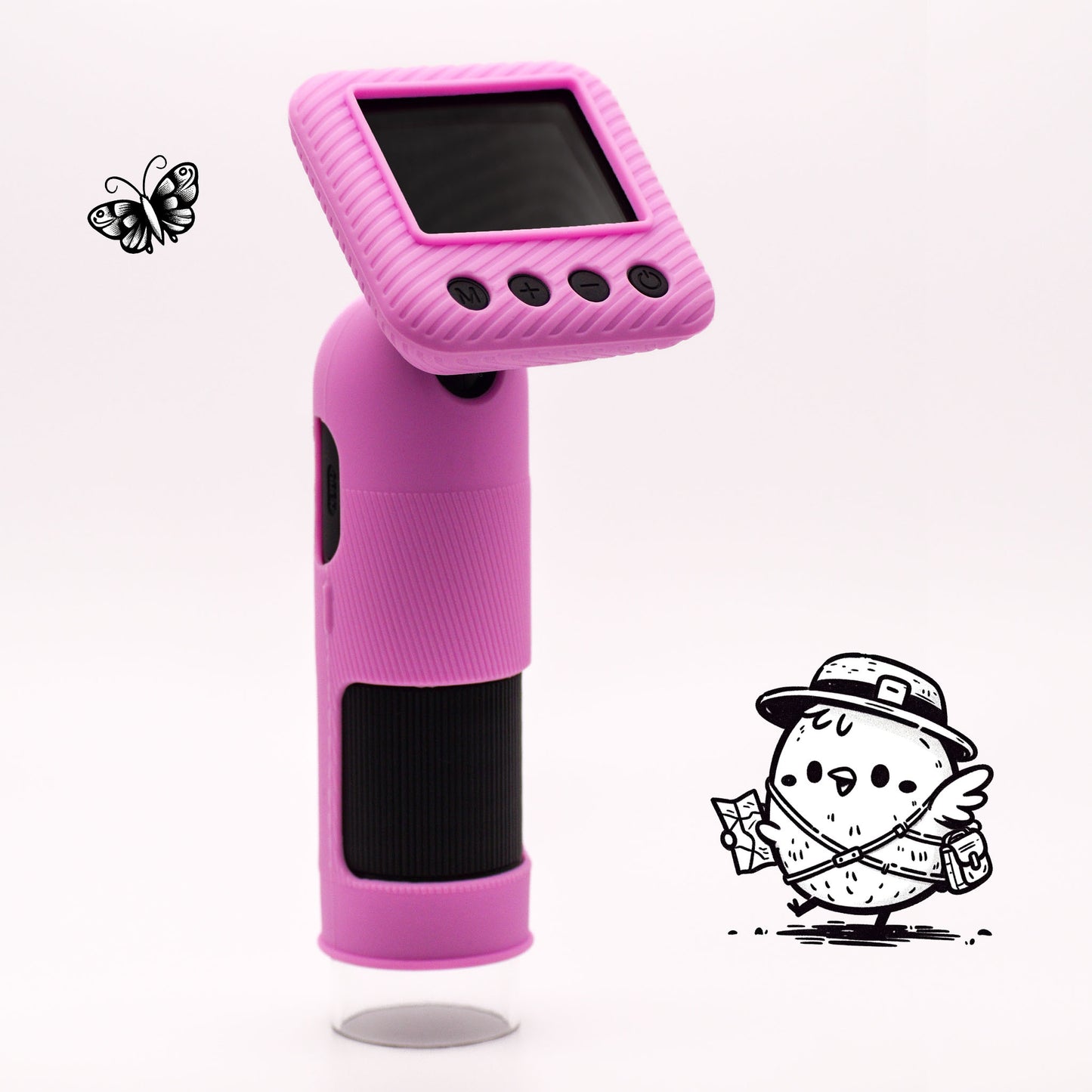Digital and Portable Microscopes for Kids: A Guide to Exploring Science
Digital and Portable Microscopes for Kids Summary
Digital and portable microscopes open a world of exploration for kids, bringing science to life by allowing children to examine tiny details in everyday objects. This guide explains the benefits of digital and portable microscopes, helping parents choose the best models based on their child’s age and interests. Whether you’re looking for a simple microscope for young kids or a portable model for outdoor adventures, this page covers everything you need to know.
Introduction: Digital and Portable Microscopes for Kids
Microscopes designed for kids are incredible tools that make learning hands-on and fun. With digital and portable microscopes, kids can explore science in both home and outdoor settings. These microscopes are designed to be easy to use, lightweight, and durable, often with features like digital displays, LED lighting, and adjustable magnification. This guide explores the benefits, types, and top recommendations for digital and portable microscopes for kids, helping you find the perfect option for your young scientist.
Overview Table of Kid-Friendly Microscopes
| Type of Microscope | Key Features | Recommended Age Group | Example Uses |
|---|---|---|---|
| Digital Microscope | LED lighting, USB connection, display screen | 6+ years | Indoor science, experiments |
| Portable Microscope | Lightweight, battery-operated | 6+ years | Outdoor exploration |
| Handheld Microscope | Compact, easy to carry | 5+ years | Quick, on-the-go views |
| Toy Microscope | Basic magnification, colorful design | 3–6 years | Introductory science |
Benefits of Digital and Portable Microscopes for Kids
Digital and portable microscopes offer several educational and developmental benefits:
- Promote STEM Learning: These microscopes encourage kids to engage in STEM (Science, Technology, Engineering, and Math) concepts through hands-on exploration.
- Foster Curiosity: Kids can examine objects up close, discovering details that are invisible to the naked eye. This curiosity leads to questions and further learning.
- Enhance Observational Skills: By adjusting magnification and lighting, children learn how to observe details closely and develop patience and precision.
- Encourage Outdoor Exploration: Portable models are designed for outdoor use, making it easy for kids to bring their microscope on hikes, nature walks, or camping trips.
Types of Microscopes for Kids
There are several types of microscopes designed specifically for children, each suited to different needs and environments.
1. Digital Microscopes
Digital microscopes are often USB-connected or have built-in displays, making it easy to view specimens on a screen. This feature allows kids to examine details clearly without needing to look through an eyepiece. Digital microscopes are ideal for indoor science projects or virtual sharing, as they often connect to computers and tablets.
2. Portable Microscopes
Portable microscopes are lightweight and battery-operated, designed for fieldwork. They are ideal for outdoor exploration, allowing kids to observe insects, leaves, rocks, and other natural elements up close.
3. Handheld Microscopes
Handheld microscopes are easy to carry and hold, often with simple controls and lower magnification ranges. They work well for young children or for quick examinations on the go.
4. Toy Microscopes
Toy microscopes are introductory models for younger children, generally offering basic magnification and a childish design to capture kids' attention. They are ideal for ages 3 to 6, providing a simple, playful introduction to science.
Key Features to Consider
When choosing a digital or portable microscope for kids, here are some important features to keep in mind:
- Magnification: Look for microscopes with adjustable magnification. For young kids, 10x–40x is generally enough, while older children may enjoy models with higher magnifications (20x–400x).
- Portability: If you plan to use the microscope outdoors, consider lightweight models that are easy to carry. Battery-operated microscopes are ideal for field use.
- Digital Connectivity: Digital microscopes that connect to a screen or computer allow for easy sharing and can be more engaging for children. USB and WiFi-enabled models are popular.
- Durability: Choose a durable model that can withstand regular handling. Kid-friendly microscopes are often made of plastic with rubberized grips for better handling.
- Ease of Use: For younger kids, simpler is better. Look for easy-to-use focus knobs and fewer controls to prevent frustration.
- LED Lighting: Many microscopes come with built-in LED lighting, which provides consistent illumination of specimens, essential for observing details in low light.
Top Recommendations for Kids' Microscopes
1. Best Overall Kids Microscope: UPPTÄCKA u-Zoom One Microscope
- Features: Portable, digital microscope with a vibrant design; easy-to-use; compact, with screen for group viewing.
- Best For: Ages 6+ for both indoor and outdoor exploration.
- Benefits: We might be biased, but we believe our UPPTÄCKA u-Zoom One Microscope combines the best features of digital, portable, handheld, and toy microscopes, making it ideal for diverse environments. Its colorful, sturdy design and convenient size mean it fits easily in a backpack, making it perfect for school or field trips. Plus, its built-in screen lets friends join in on discoveries, adding a social element to learning.
- More Information: UPPTÄCKA u-Zoom One Microscope
2. Best Digital Microscope: CIMELR LCD Digital Microscope
- Features: 4.3-inch LCD screen, USB compatibility.
- Best For: Ages 6+ for indoor use and viewing details on a digital display.
- Benefits: Great for sharing discoveries with others through the LCD screen, offering adjustable magnification for different specimens.
3. Best Portable Microscope: Carson MicroBrite Plus
- Features: LED light, compact design.
- Best For: Ages 6+ for outdoor exploration.
- Benefits: Lightweight and easy to carry, ideal for observing nature. Affordable and simple enough for kids to use independently.
4. Best Handheld Microscope: National Geographic Pocket Microscope
- Features: Handheld design, USB connection.
- Best For: Ages 6+ for on-the-go observations.
- Benefits: Portable and encourages outdoor activities, making it great for quick looks at small objects found outside.
5. Best Toy Microscope: GeoSafari Jr. Talking Microscope
- Features: Basic magnification, interactive voice-over, slides with facts.
- Best For: Ages 3+ as a first microscope experience.
- Benefits: Introduces science in a fun way for younger children, with simple, childish designs that engage curiosity.
How to Use and Maintain a Kids' Microscope
Setup: Begin by setting up the microscope in a stable area with adequate lighting. Digital microscopes should be connected to a computer or tablet if they support this feature.
Specimen Preparation: For viewing natural items like leaves or bugs, place the item on a slide or flat surface. Higher magnifications will require steady hands or a base.
Adjust Magnification: Show kids how to start at a lower magnification, adjusting to higher levels as they become comfortable with focusing and viewing details.
Light Adjustment: LED-lit models often have adjustable lighting, which can enhance visibility. Teach kids to control brightness based on the specimen and environment.
Care and Storage: After each use, clean the lens with a soft cloth and store the microscope in a protective case if possible. Avoid touching the lens directly to maintain clarity.
Conclusion
Digital and portable microscopes for kids offer exciting ways to explore the microscopic world, encouraging curiosity, critical thinking, and a love for science.
By selecting the right microscope based on age, magnification needs, and intended usage, you can provide a valuable educational experience that blends learning with hands-on fun. Whether used at home, in the classroom, or outdoors, these microscopes bring science to life and are an excellent tool for young learners.
FAQ: Digital and Portable Microscopes for Kids
What is a digital microscope, and how is it different from a traditional microscope?
A digital microscope allows users to view specimens on a screen rather than through an eyepiece. It often includes a camera that can connect to a computer or display, making it easier for multiple people to observe simultaneously. This is different from traditional microscopes, which require looking through lenses directly.
What age is appropriate for a kids' microscope?
Most kids' microscopes are designed for ages 5 and up. Younger children (ages 3–6) often start with toy microscopes with lower magnification, while older children (ages 7+) can use digital and portable models with adjustable magnification.
Can kids use digital microscopes outdoors?
Yes, many digital microscopes are portable and battery-operated, allowing for easy outdoor use. Models like the UPPTÄCKA u-Zoom One and National Geographic Pocket Microscope are designed for field exploration and are compact enough for nature hikes and other outdoor activities.
What are the benefits of using a digital microscope for kids?
Digital microscopes make learning interactive by showing magnified images on a screen, which is ideal for group learning. They help kids develop observation skills, engage with STEM concepts, and explore the natural world closely. Additionally, digital microscopes are often easier to use and require less setup than traditional models.
Why are portable microscopes good for kids?
Portable microscopes encourage outdoor exploration and hands-on learning, allowing kids to observe insects, plants, and more in natural settings. They’re durable and lightweight, making them easy for kids to carry during activities like hiking or camping.
Why are educational toys good?
Educational toys are good because they help children develop critical skills like problem-solving, creativity, and motor skills while making learning fun. They promote hands-on learning, which keeps kids engaged and curious.
How do educational toys help child development?
Educational toys support various aspects of child development, such as enhancing cognitive skills, improving motor coordination, fostering emotional growth, and teaching social skills. They prepare children for future learning by making learning enjoyable and accessible.
Check out our u-Zoom One Microscope for kids 👀
UPPTÄCKA Toys
u-Zoom One Microscope for kids
